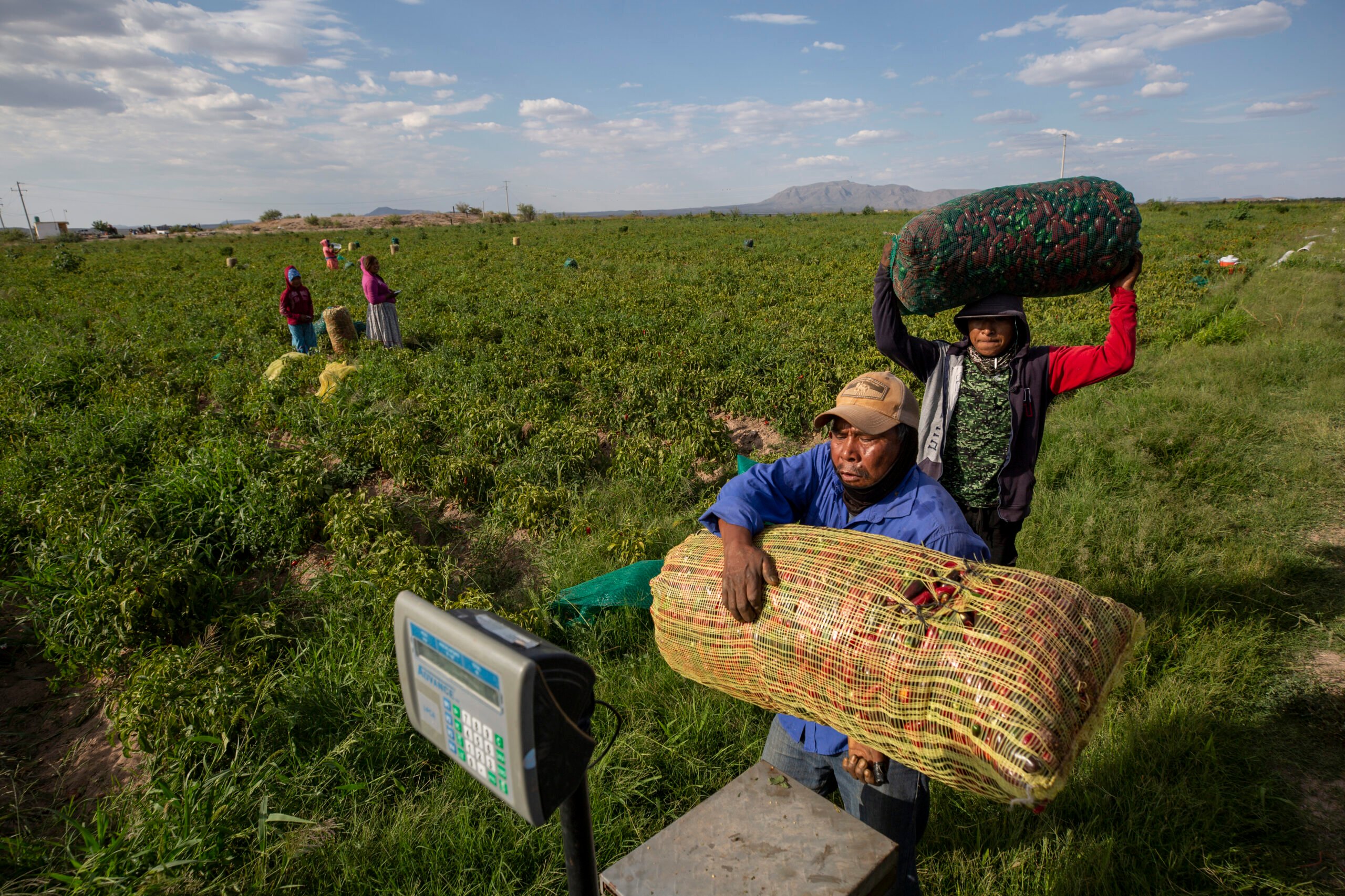Mexico-U.S. Water Agreement on Rio Grande Basin
Recently, Mexico and the United States reached a critical agreement concerning water distribution from the Rio Grande basin. This agreement comes after rising tensions, including threats from U.S. President Donald Trump regarding tariffs and sanctions. The deal mandates Mexico to transfer additional water to Texas farmers.
Background
The 1944 treaty regulates the sharing of water from the Rio Grande between Mexico and the U.S. Under this treaty, Mexico is required to provide 1,750,000 acre-feet of water every five years. This averages out to 350,000 acre-feet annually. The treaty allows Mexico to carry a water debt in the first four years of each cycle, provided it compensates in the fifth year.
Rio Grande
The Rio Grande is the fifth longest river in North America, stretching approximately 1,900 miles. It originates in the Rocky Mountains and flows through Colorado, New Mexico, Texas, and into Mexico, finally reaching the Gulf of Mexico. The river’s watershed covers around 336,000 square miles, but only half of this area contributes to its flow due to arid conditions.
Hydrology and Seasonal Flow
The river’s flow varies seasonally, with peak levels typically occurring from April to October. Snowmelt and summer thunderstorms in the upper reaches increase flow in May and June, while lower sections experience peaks in June and September. The river’s average discharge is about 3,000 cubic feet per second.
Economic Importance
Irrigation has been practised in the Rio Grande basin for centuries. The river supports over 2,100,000 acres of cropland, primarily in Mexico. Key crops include cotton, citrus fruits, and vegetables. Besides agriculture, the region supports industries such as mining and recreation, contributing to the local economy.
Major Tributaries and Reservoirs
- The main tributaries of the Rio Grande are the Pecos, Devils, Chama, and Puerco rivers in the United States, and the Conchos, Salado, and San Juan rivers in Mexico.
- The main reservoirs in the Rio Grande basin include Falcon Reservoir on the lower Rio Grande, Lake Toronto (created by La Boquilla Dam) on the Conchos River, Elephant Butte Reservoir on the Rio Grande in New Mexico, Marte Gómez Reservoir (formed by El Azúcar Dam) on the San Juan River, and Venustiano Carranza Reservoir (Don Martín Dam) on the Salado River.
- The Amistad Dam, built in 1969 after a U.S.-Mexico agreement, is located just below where the Devils River meets the Rio Grande.
- These reservoirs help produce a large amount of hydroelectric power in the region.
Environmental Challenges
The river faces environmental challenges. Many stretches experience reduced flow, with some areas drying up completely. Over-extraction and climate change threaten the river’s sustainability. The cooperation between Mexico and the U.S. is essential for addressing these challenges and ensuring the river’s health.
Month: Current Affairs - April, 2025
Category: International / World Current Affairs







